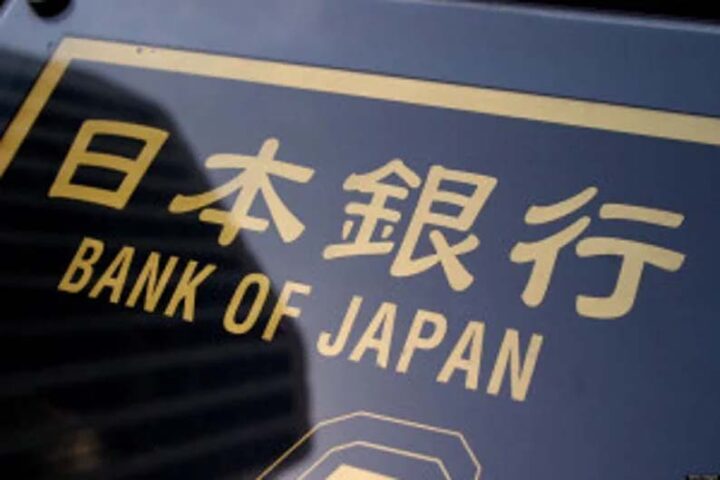The EURUSD pair edged higher on Wednesday after European Central Bank Executive Board member Piero Cipollone said that there was room to cut interest rates swiftly, despite elevated wage inflation.
The pair reversed lower in previous sessions on the back of diverging commentary from rate-setters at the US Federal Reserve and the ECB.
Commentary from ECB officials point to a high likelihood it will cut interest rates in June, whilst a delay from the Fed is still possible. This is causing weakness for the Euro and depressing the EURUSD, since lower interest rates tend to reduce foreign capital inflows.
On Tuesday, ECB Governing Council member Madis Muller said that “we’re closer to a point where the ECB can start cutting rates,” adding that “data may confirm the inflation trend for the ECB’s June meeting.”
Prior to his comments, ECB Governing Council member Fabio Panetta said that inflation was quickly falling to target and therefore there was a “consensus emerging” for a rate cut, echoing views by Bank of Greece Governor Yannis Stournaras.
ECB Chief Economist Philip Lane said a day earlier that wage inflation was “on track” to coming back down to normal levels.
Similar dovish comments came from Bank of France President Francois Villeroy de Galhau, who said April could even be in the frame for a first cut.
Taken together with ECB President Christine Lagarde’s comments at the last policy meeting, when she said the ECB would be reviewing policy on interest rates in June, the evidence is building to a compelling conclusion.
Fed looks more split
By contrast, the Federal Reserve seems more split.
Whilst Federal Reserve Chairman Jerome Powell seems to continue to advocate for a June rate cut, and the Fed’s official forecast is for three 0.25% cuts to its fed funds rate in 2024, some individual members have diverged from the official script.
On Tuesday, Atlanta Fed Governor Raphael Bostic said the Fed should take things slowly and that he now only expected one rate cut in 2024.
His view echoed those of his fellow Fed board member Lisa Cook, who advocated for taking a “careful approach” to easing over time to “ensure inflation returns sustainably to 2.0%.”
She mentioned housing inflation, which remains high, though her view was that it would fall on lower rental demand.
On Monday, Chicago Fed President Austan Goolsbee said the persistence of housing inflation continued to surprise him, but that he felt it would ebb away over time.
“The main puzzle has been about housing,” Goolsbee said, a major component in the consumer spending basket that has accounted for a large share of recent headline inflation readings, according to Reuters.
In terms of US inflation, Friday’s Core Personal Consumption Expenditures (PCE) Price Index data for February, considered the Fed’s preferred gauge of inflation, is being held up as the next oracular event to determine when the Fed could cut interest rates.
A higher-than-expected inflation reading in line with most recent gauges of inflation in the US could push back further the time when the Fed is expected to cut interest rates, with negative consequences for EURUSD.
Bargain hunters to look at dips
Economists at Scotiabank noted that the EURUSD pair holds a very narrow range in the low 1.0800s, with resistance is seen at 1.0865/1.0875.
“Bargain hunters are still likely to look at dips to near 1.0800 as a buying opportunity for now,” they said.
“Short-term trend dynamics are neutral while the daily and weekly DMIs still lean, if only moderately, EUR-bullish. That should limit downside pressure on spot in the near term at least.”
EURUSD can stabilise around 1.0850
Meanwhile, economists at ING expect limited impact of budget news from France, when on Tuesday it reported the 2023 deficit at 5.5% of GDP, substantially above the 4.8% seen in 2022 and higher than the government target of 4.9%.
“We estimate that the deficit may well exceed 5% again in 2024,” the ING economists said.
“ Fiscal concerns should rise again as we head into the September budget in France, but we think the ECB will be well into its monetary easing process, making the general environment for eurozone bonds quite favourable.
“Looking at this week, we do not see major catalysts for a break higher or lower in EUR/USD unless US core PCE surprises (consensus is clustered at 0.3% month-on-month). We think the pair can stabilise around 1.0850.”
(Source: OANDA)







